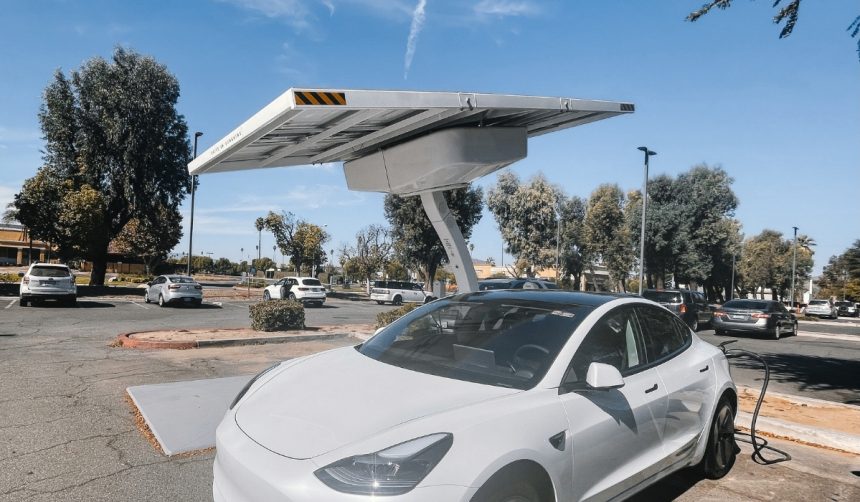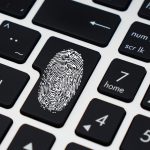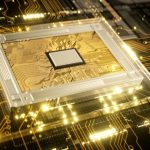Tesla has significantly expanded its Robotaxi operating area in Austin, Texas, nearly doubling the geofenced zone for the second time in less than two months. The latest reshaping, which some observers say bears an unmistakable message to competitors, comes soon after its initial launch in late June. Users in Austin can now access Tesla’s autonomous ride-hailing via a new service perimeter that covers approximately 80 square miles, up from the original 20 and subsequent 42 square-mile zones. Industry watchers speculate this move could influence local ride-hailing dynamics. While the expansion is functional, the shape itself has also drawn public attention for what appears to many to be a deliberate, signal-laden design.
Compared to earlier news about Tesla’s Robotaxi, the recent expansion is both larger in magnitude and more provocative in presentation. Whereas initial reports focused on performance and rollout logistics, the latest coverage emphasizes the symbolic aspect of the expansion’s boundaries. Previous announcements addressed technical improvements and increased passenger capacity, but now public discussion also centers on Tesla’s personality-driven messaging within its geofencing choices.
Geofence Shape Sparks Reactions in the Industry
Reactions online and within the transportation sector have been swift. Many social media users and commentators note the outline left by the expanded Robotaxi geofence as resembling a “middle finger,” suggesting that Tesla aimed to tease or challenge competitors directly with this visual cue. The company has not confirmed that the design was intentional, yet previous acknowledgments suggest such humor is on-brand for Tesla.
“We can expand in any direction, in any size, at any time,”
a company representative previously stated in response to industry skepticism.
Operational Scope Broadens for Tesla’s Service
Tesla’s move not only expands its Robotaxi coverage area but also increases the accessibility of driverless rides across a much larger section of Austin. This development enables more residents and visitors to access the service, potentially increasing adoption and real-world testing data for Tesla’s ongoing autonomous driving technology. The rapid service area growth is notable for its scale achieved within weeks of the Robotaxi’s initial launch on June 22.
“Tesla has expanded the Austin RoboTaxi network,”
a spokesperson stated following the most recent update.
Does the New Shape Serve a Strategic Purpose?
Beyond stirring online commentary, industry analysts question whether the unique geofence outline has implications beyond humor. Some believe that Tesla aims to demonstrate its capacity for swift, large-scale deployment to reassure investors and highlight competitive advantages. The expansion’s timing and visibility could be factors in shaping public and regulatory perceptions as the company navigates scrutiny over autonomous vehicle deployment.
Tesla’s latest Robotaxi geofence growth marks a continued assertive approach in building its ride-hailing footprint. The combination of rapid scaling and a possibly message-laden geographic outline appears to function both as a marketing ploy and a test of engineering capability. Markets and regulators may closely monitor such expansions for safety, impact on traffic patterns, and user uptake, especially as interest in autonomous vehicles grows. For local residents, the service’s quick availability over larger distances could offer more mobility choices, albeit with evolving technology that remains under development and regulatory review. Industry observers will be watching for Tesla’s next steps and how its competitors respond, both in strategy and area coverage.
- Tesla nearly doubles its Robotaxi geofence in Austin, Texas.
- The updated service area now covers about 80 square miles.
- The expansion’s visual outline has attracted significant public attention.










